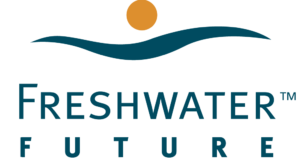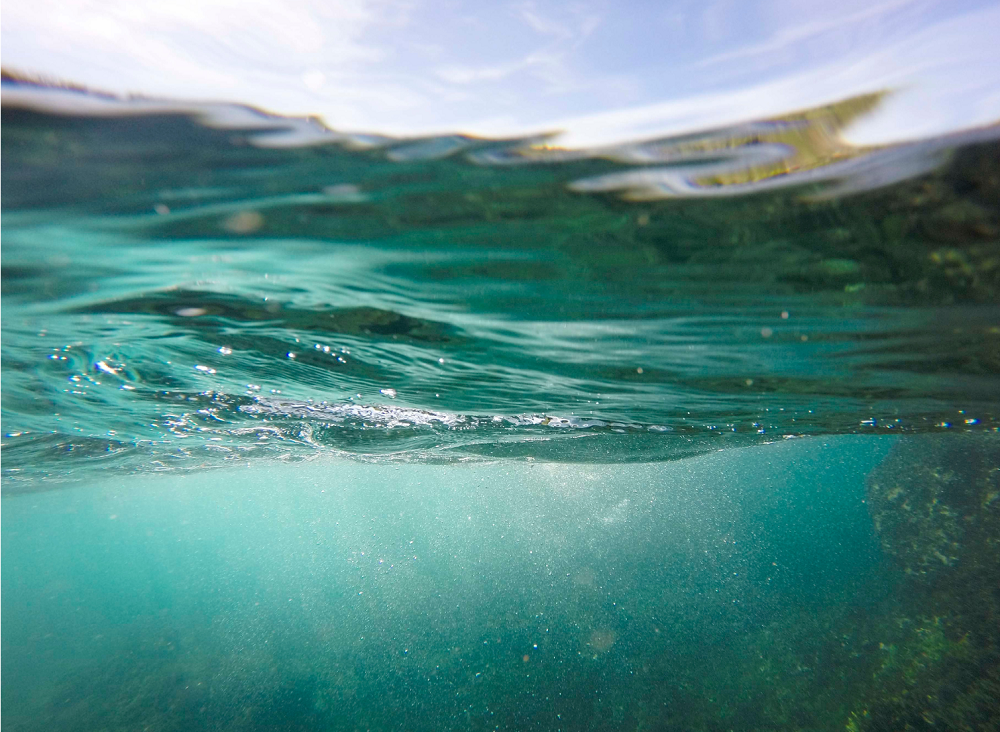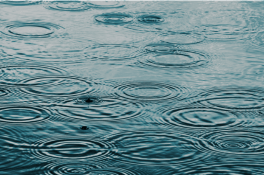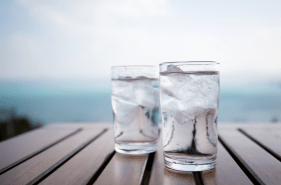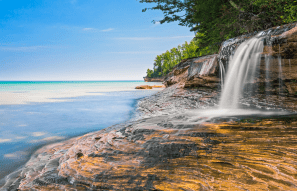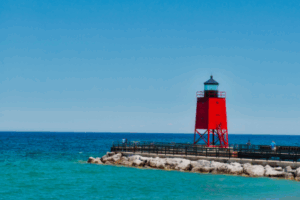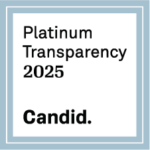As rural revitalization and sustainable food systems garner more attention, interest in aquaculture is on the rise. But as with any burgeoning industry that relies on shared natural resources, it is important to ensure the conversation includes the full picture, with environmental, social, and governance considerations alike.
It goes without saying that aquaculture can indeed create jobs and help to diversify local economies. However, we should also weigh that promise against some critical questions including: How will water quality and quantity be protected? What environmental safeguards are in place to prevent the spread of disease or nutrient pollution? And how do we ensure that both environmental and community health remain central as the industry grows within the Great Lakes region?
Answering these all important questions requires strong regulatory oversight, a cautious approach to expansion, and transparency from the growers. Water quality protections should be guided by not only regular monitoring, but also by enforceable nutrient discharge limits that remain in line with any existing “Total Maximum Daily Load” plans for phosphorus and other pollutants common in fish farming operations. Mitigating the risk of disease outbreaks and the spread of invasive species should be accomplished through closed-loop systems whenever possible, or even land-based fish farming which helps reduce contamination. Finally, mechanisms such as community benefit agreements could help to keep environmental and community health at the forefront of the aquaculture conversation.
The regulatory landscape surrounding the aquaculture industry is complex and restrictive. Past environmental harms stemming from aquaculture have necessitated such a complex regulatory environment to protect the Great Lakes. Fish farming, like many other forms of commercial food production, carries immense risks if not managed with care. In many other parts of the country, poorly managed aquaculture operations have contributed to conflicts over water use, habitat degradation, and antibiotic overuse. Seeing as the Great Lakes have long been impacted by agricultural runoff and pollution, any further expansion of aquaculture must avoid repeating those mistakes. Some states bordering the Great Lakes currently have a moratorium on new net-pen aquaculture operations in open waters, which further reflects ongoing concerns about pollution and limited enforcement capacity from the state. However, moratoriums can be reversed.
Another piece of the conversation involves who will benefit from further investments in aquaculture. While there is a lot of economic potential stemming from expanded aquaculture operations, there is limited conversation surrounding ownership models or how these new operations might interact with preexisting fishing practices. It is important to ensure that further economic development supports both local and historically underrepresented communities and not just outside investors and corporations.
As the conversations surrounding aquaculture’s expansion continue to evolve, public reporting and policy discussions should ideally include: increased transparency around permitting and environmental monitoring processes, protections for traditional fishing livelihoods, clear water use and discharge guidelines for aquaculturists, and community engagement. By centering community voices and environmental protections, we can help to create a future for aquaculture that works for both people and the planet.
